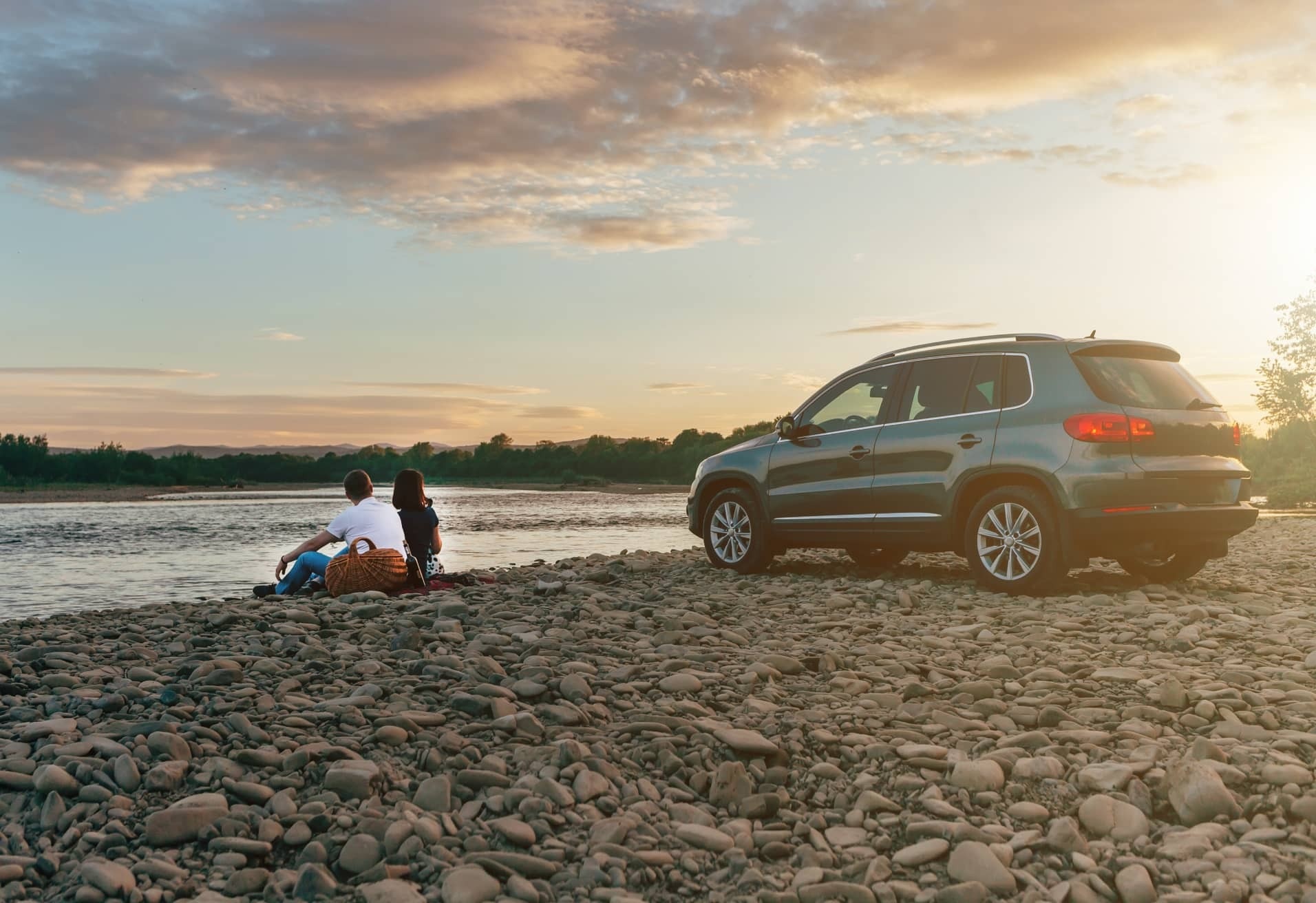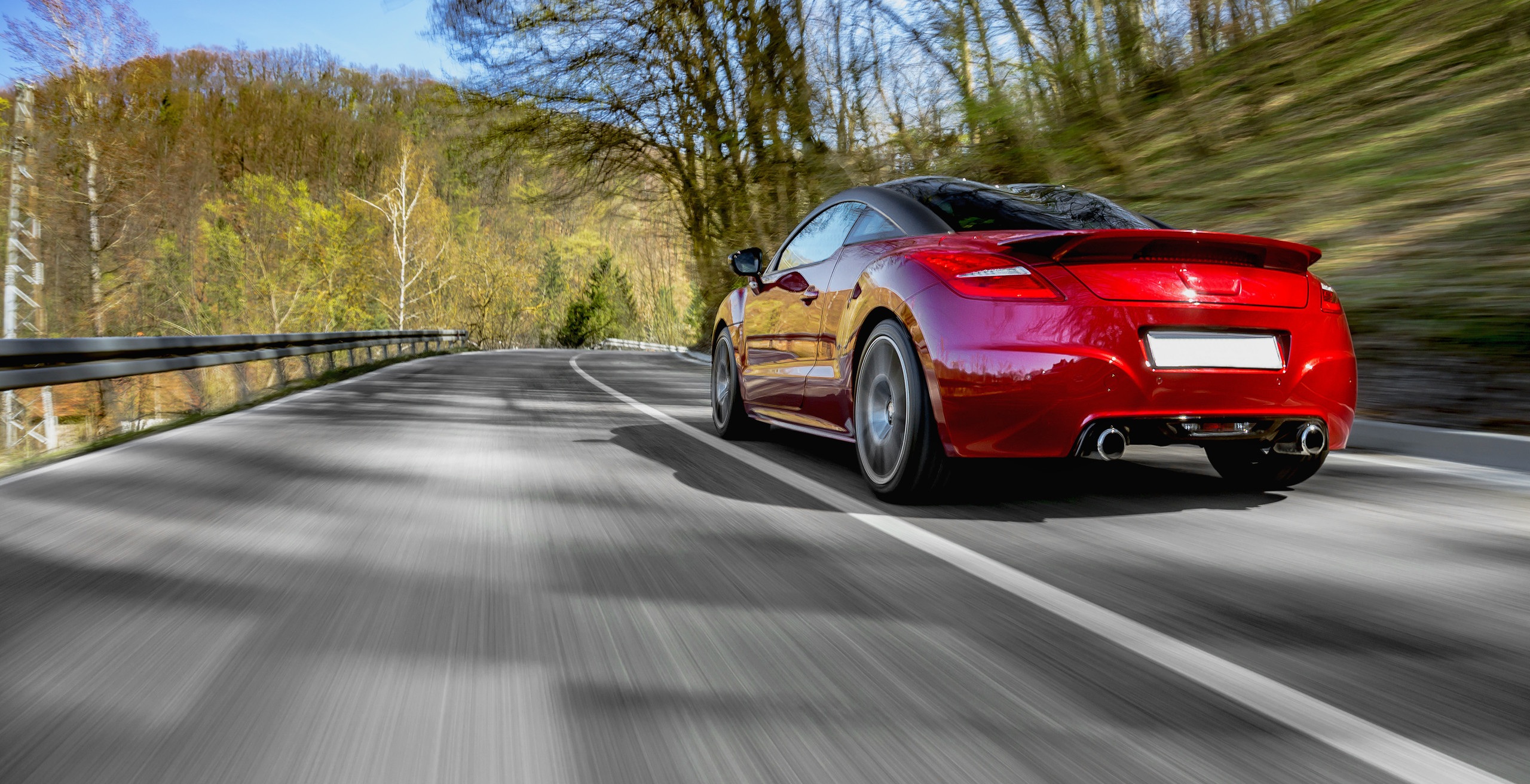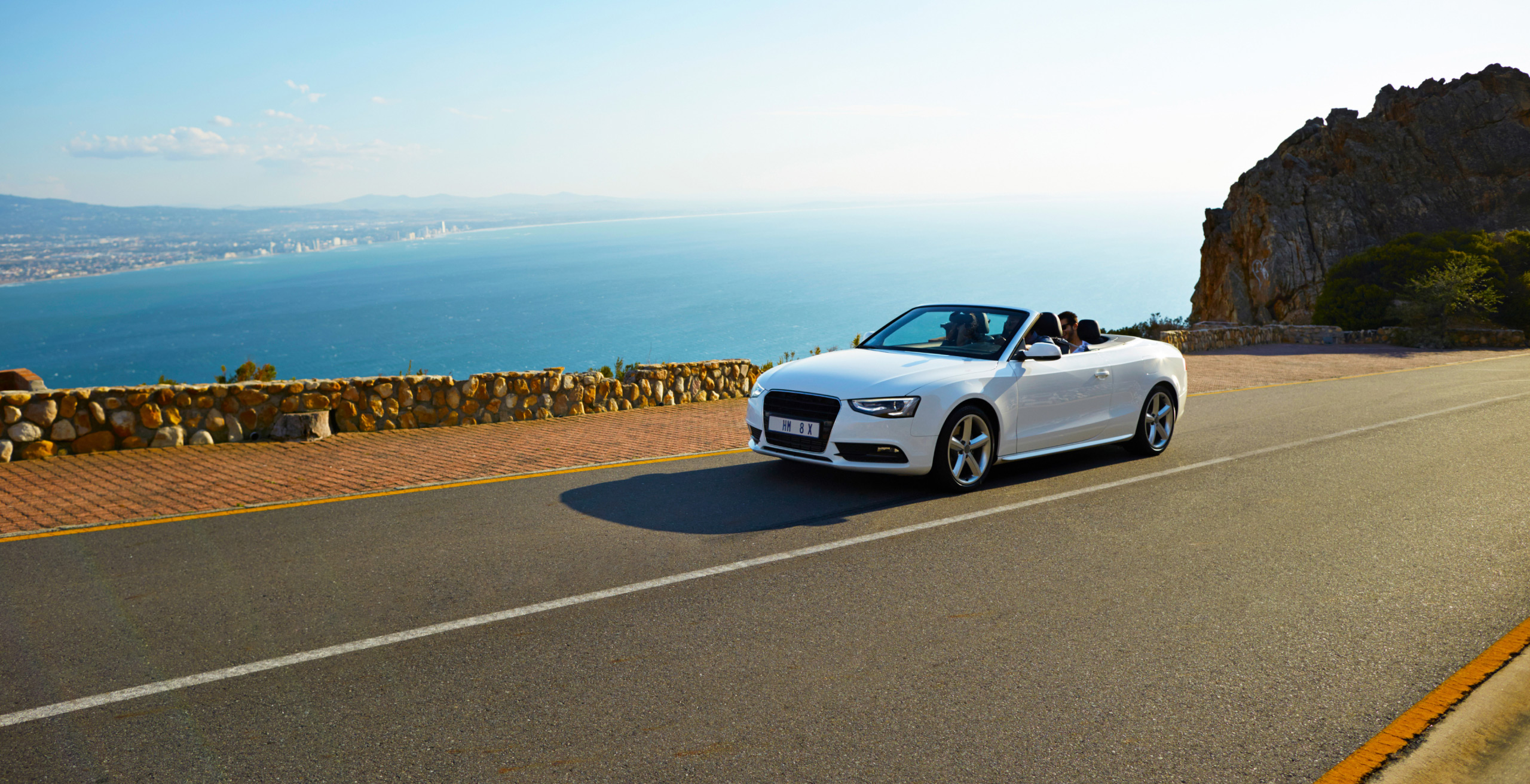This summer will be all about the road trip – now all you need to do is to find a rental car and you’re good to go. But finding the right car can be a bit of a minefield with hidden fees and insurance clauses hitting you left and right. Make sure you have the best travel experience possible with this 4-point checklist to help you find your perfect rental car.
So, what should you be aware of when looking for a car?
1. Check the price to avoid unwelcome surprises.
- Taxes: Double-check the total price to be sure fees are included. On KAYAK, we already show you the total price plus taxes – you’re welcome.
- Mileage regulations: Some providers cap the number of miles you can drive with their rental. If you’ve chosen a limited mileage package, make sure you know exactly how much you’ll have to pay for each additional mile over your limit. If you’re unsure of how far you’ll be driving (hello, scenic route), it may be worth paying a little more for a rental with unlimited inclusive miles.
- Tank regulations: Depending on the provider, you will get your rental car with a full, half-full or an empty tank. The rule of thumb is that you should return the car with the same amount of gas in it as when you picked it up. In some cases, you pay for a set amount of gas in advance. If you use less than calculated during the journey, you’ll be refunded the difference. As each provider has a different system, it’s worth spending an extra minute checking how they regulate tankage. You’ll find this information when you hit the “View Deal” button, which takes you to the provider’s page.
- Extras: Remember that for almost all the extras you add to your rental car, an additional fee will be charged. This applies to additional drivers, drivers under 25, GPS systems, child seats, roof racks, etc.
2. Choose the appropriate insurance coverage for your road trip.
Every rental car company offers you a range of different insurance policies when booking. We went ahead and broke down the most common insurance types offered within the U.S. and Canada:
- Collision Damage Waiver (CDW): This policy will waive all or most of the cost if you rental is damaged or stolen – provided the situation does not violate the rental policy guidelines (like unauthorized drivers). Many primary auto policies and premium credit cards offer this same insurance, so it’s worth giving that a look before you pay extra for this coverage.
- Supplemental Liability Protection (SLP): This policy provides additional liability coverage (within limits) for claims made by third parties against you for injury, death or property damage.
- Personal Accident Insurance (PAI): This policy provides medical and death benefits for the driver and all passengers in the rental car in the event of an accident. Much of the coverage in this plan is already provided under primary health, life and car insurance policies.
- Personal Effects Coverage (PEC): This policy provides coverage for the theft of personal items belonging to the renter and passengers in the rental car up to a maximum of $1,500.
It’s important to note here that most states are prohibited from refusing to rent you a car if you decline insurance. All insurance coverage policies are optional. Read more about rental car insurance types.
3. Pick-up and Drop-off: Preparation is everything.
- Where and when: Always check the exact location at which to pick up and drop off your rental car. Many providers will have outlets both at the airport and in the surrounding city. And our data found that picking up and dropping off at the airport could actually save you money. Also, pay close attention to the time of pick-up and how flexible you can be. Some vendors will cancel your booking if you do not appear promptly at the time indicated. Having said that, if you’re picking your car up at the airport, some providers will ask for your flight number so they can stay informed about possible delays.
- Read the fine print: Read the Terms & Conditions of your rental car thoroughly on the provider’s website. You can send their customer support team an email directly if you have any questions. Also, make sure you have the telephone number of the provider on hand just in case.
- The pick-up: Do you have all the necessary papers with you? A valid driver’s license, any additional driving permits and a second form of identification are mandatory. Also, very few providers will rent you a car without a credit card (yes, we mean a debit card won’t cut it). Most will charge the credit card with the deposit. And – since it’s become a common theme in this post – always read the Ts & Cs to see what possible costs there may be.
- The state of the vehicle: Most rental car companies will provide you with a short report on the condition of the car at the time of pick-up. It will highlight any damage and deficiencies that already exist, i.e. small dents or scratches. This means that the supplier will know upon drop-off whether any damage to the vehicle occurred while the car was in your possession. KAYAK Tip: If you have any concerns, especially if you don’t get a damage report, take photos of the car before leaving the pick-up point. This provides you with proof of the state of the car at the time of pick-up.
- Return: Often, the official statement regarding the condition of the rental upon its return isn’t issued until the following day. KAYAK Tip: When you return your car, make sure someone from the agency acknowledges that you have returned the car in the same condition as when you picked it up. Get it in writing and signed, just to be on the safe side.
4. Choose the right car for you
It might sound obvious, but if you’re thinking about renting a car for your next trip, consider how you’ll be traveling before booking. Often people will just go for the cheapest option. While a sedan is fine for a couple looking to explore the city, the same can’t be said if they take a 6-day road trip through the Grand Canyon’s rugged terrain.
When booking, take into account the duration of your trip, the number of passengers in the vehicle, how much luggage you’ll have and where you’ll be traveling.
Learn more about different car rental types to make sure you choose the one that suits your needs best.
Now that you have this wealth of knowledge we have bestowed upon you, go forth and find that sweet ride.






